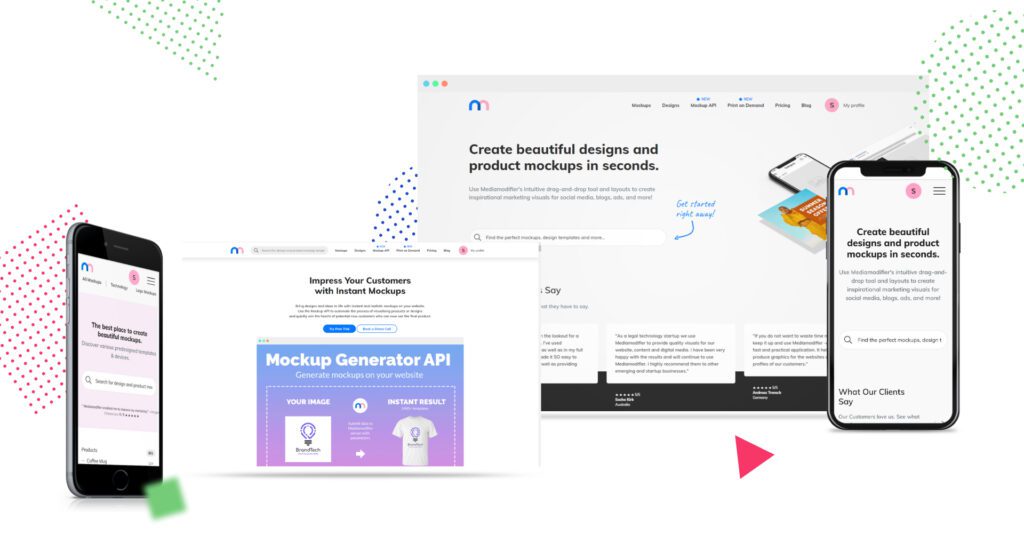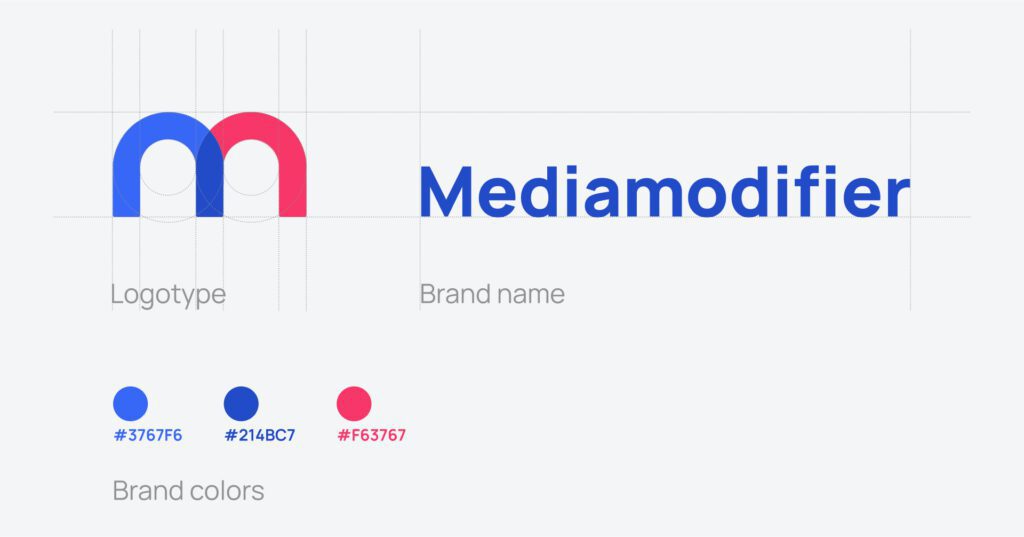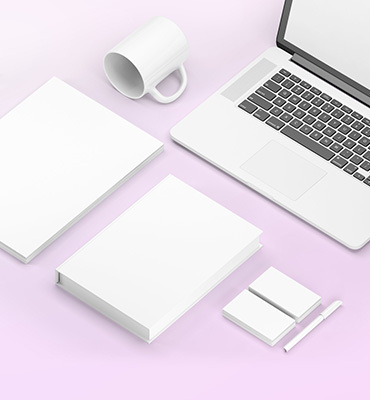Here is How to Do Branding as a Small Business

Welcome! If you’re searching for how to do branding as a small business, you’ve come to the right place. Branding isn’t just a logo or a tagline — it’s the promise you make to your customers, the story you tell, and the experience you deliver. While many small businesses put branding on the back burner, investing in it early can pay off significantly by helping you stand out, build trust, and attract loyal customers.
In this guide, we’ll walk you step-by-step through how to do branding as a small business — even when resources are tight — so that your brand resonates and grows with your audience.
What is branding?
In the words of the Branding Journal, branding is the “process of giving meaning” to your business by creating and shaping your brand’s perception in your consumers’ minds. It’s more than just your business name and logo. It’s a strategy. Likewise, it also involves your brand’s voice, values and the overall experience your customer goes through.
“Branding is an iterative process and requires getting in touch with the heart of your customers and your business.” – Hubspot

Why is branding important?
Besides helping you to foster and cultivate strong connections with your audience, branding is important for reasons such as:
- Standing out from your competitors
- Building and enhancing brand recognition and perception
- Increasing brand value
In addition, strong branding can also help you in hiring, as your employees have a better understanding of what you stand for and can help advocate it.
Why is branding crucial for small businesses?
Branding is sometimes said to be the backbone of a business. After all, it’s how your customers identify you, get to know you and remember you. As a small business, you may think that branding is something only big businesses do or something that may be done a little later.
Indeed, it should be said upfront that branding may not bring the short-term results that you are looking for or that your business requires. However, with hindsight, we feel that branding is something that you should be looking into because it may be crucial to the longer-term success of your business.
Your brand is unique. Only you can tell the story of what you stand for and the problems that you solve, making your brand an extremely valuable asset of your business. To compete with others, your brand identity, messaging, marketing, engagement and communication should be consistent. Why? To help you foster and cultivate strong connections with your target audience right from the get-go.
Now that you understand what branding is and why it’s important, read on to find out how you can do branding as a small business even if you have limited resources.
5 tips on how to do branding as a small business
1. Research your competitors
First things first, research matters! As you brand your business, you should know what your competitors are doing. Research and compile a folder with information about their brand, for example:
- What is their brand’s purpose? What problems do they say they solve?
- How do they define their brand identity, value and story?
- Which colors do they use in their visual identity? What does their logo look like? How do their visuals make you and their customers feel?
- What are customers saying about them on social media and review websites?
- Which topics do they write about on their blogs?
- What do they say is their expertise?
- Who is their audience?
- What is their customer experience like?
2. Identify your brand’s purpose
How can you explain what you do in one sentence? For example, our one-liner at Mediamodifier is “we empower anyone from individuals to large brands to create world-class visual assets for their marketing needs”.
A good starting point is to complete this sentence: “we help people to…”. Of course, the word “help” is interchangeable with other words such as “empower” and “enable”, but it’s a good way to kickstart the thinking process of what your brand and business do.
Here are some questions to help you along:
- What problem(s) does your product/service solve?
- What is unique about your brand?
- Why should people care about your brand and your business?
- Who is your target audience?
3. Define your brand personality
Along with your brand purpose, work on defining your brand persona. While this doesn’t have to be set in stone, and can change as your business journeys along, starting a simple plan about your brand personality helps in getting your audience to get to know you and remember you.
What are your values? What is your brand story? Just like how each of us has our own personal values, backstory and personality traits, your business should have them too. You can start by having a think about how you want to be perceived, for example, do you want to be fun, cheeky, serious or traditional?

4. Create your visual identity
After your brand purpose and personality comes your visual identity. Based on what your purpose and personality are, have a think about how this would translate into visuals for your brand: your logo, your brand colours, your social media header images, your website, your business cards and more.
This is where mockups can come in really handy:
- Take a look at logo mockups
- Play around with your digital visual branding by using social media profile mockups and technology mockups
- Generate real-life examples of what your physical visual branding might look like, for example, business cards, company t-shirts and coffee mugs
Your brand should have a consistent visual identity so people remember and identify you.
5. Know your audience
Another important aspect of branding is knowing exactly who your target audience is. What are their demographics, e.g. their age, gender, income, job, etc? What are their psychographics, e.g. their likes, dislikes, hobbies, favourite social media channels, etc?
Do some research and brainstorming, and document all of this. This will ultimately help you in drawing up marketing personas so you know exactly who you are targeting and how you should reach them. It can also help you in identifying people that you can recruit to help give you feedback on your entire branding so you know what speaks to them – both verbally and visually!

Let’s get branding!
Branding doesn’t have to cost much, it just needs some love and care from you to get started! Just like planting a flower from a seed, it starts from having a think and documenting some ideas to get going. Now let’s get branding, and subsequently, get started with marketing.
And here’s the best part: you don’t need a big budget to start. At MediaModifier, we offer tools like mockup generators and design editors that let you create polished, professional-looking branding assets quickly and affordably. Ready to bring your brand to life? Try our tools today and see your small business shine.
Frequently Asked Questions
What is branding for a small business?
Branding is the process of defining your business’s identity—its values, voice, visuals, and promises—to create a memorable presence in customers’ minds. Even if you have a small business.
How long does it take to build a brand?
It varies. But with consistent effort (purpose, personality, visuals), you can establish a recognizable brand in a few weeks to months.
Do I need a designer for branding?
No. You can start with DIY tools like mockup generators and templates to create visual elements yourself. Here is the purpose of MediaModifier.
Can branding be effective on a tight budget?
Absolutely. Consistency, creativity, and clarity matter more than high spending. Stick to basic visuals and messaging at first.
What’s the first step in branding?
Begin by researching competitors and pinpointing your unique purpose—this foundation guides all further branding choices.
How to do a brand audit?
Review all your brand touchpoints—logo, website, social media, messaging, and customer experience—to ensure they align with your brand’s values and goals.
Related articles
Visualize your design Use a product mockup to showcase your design


Create your design Use our templates to create delightful designs for any medium


